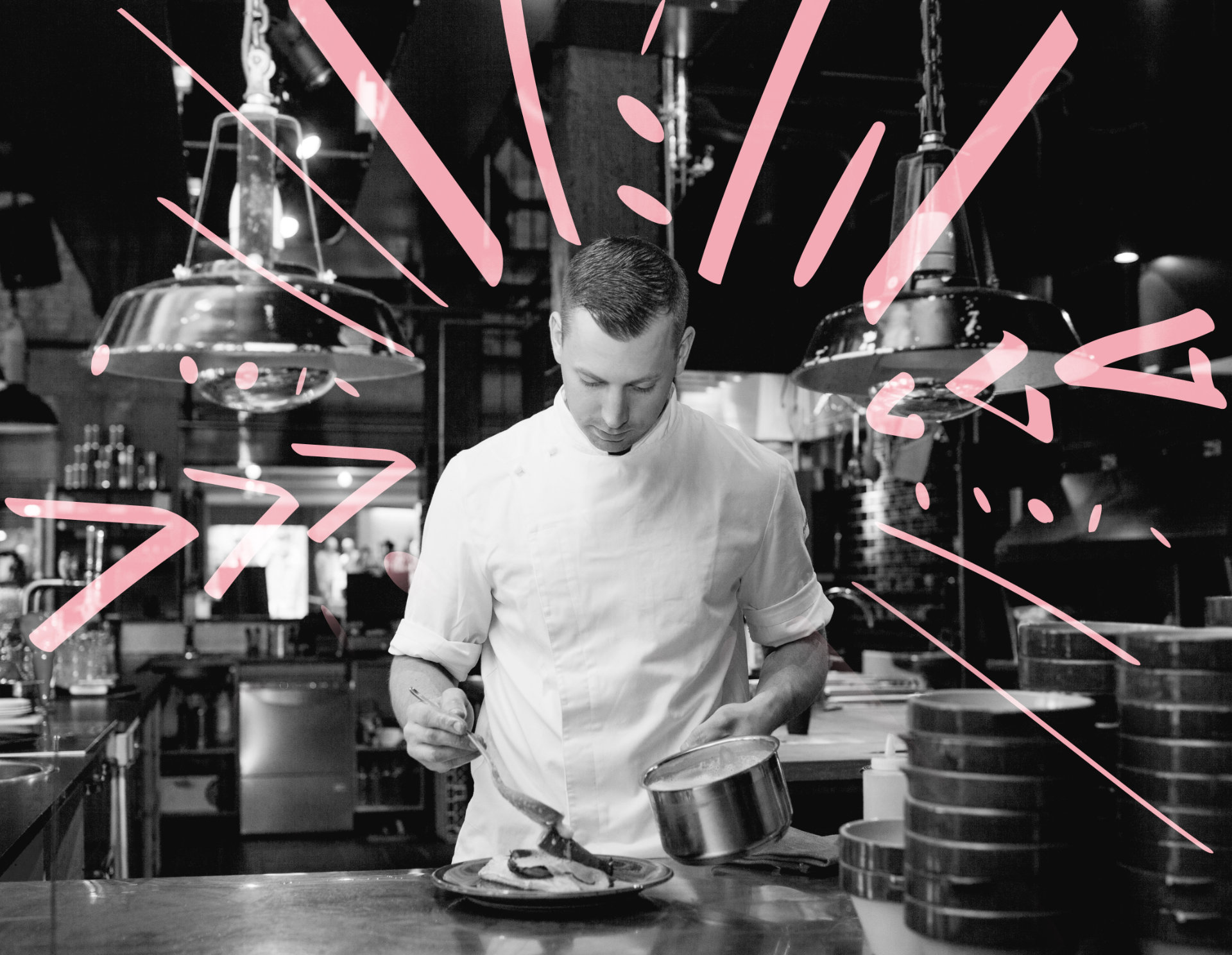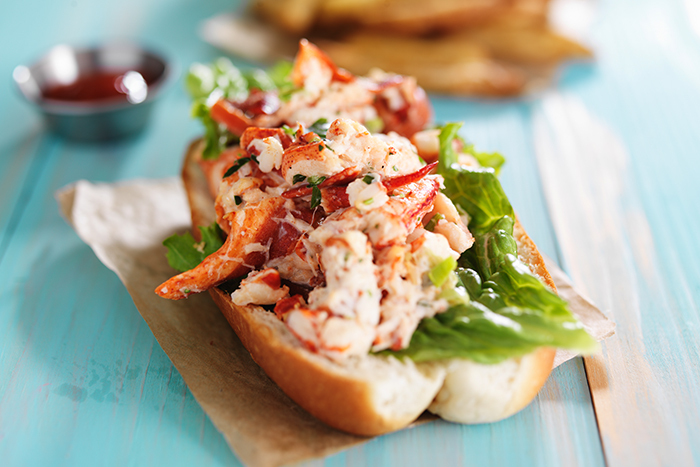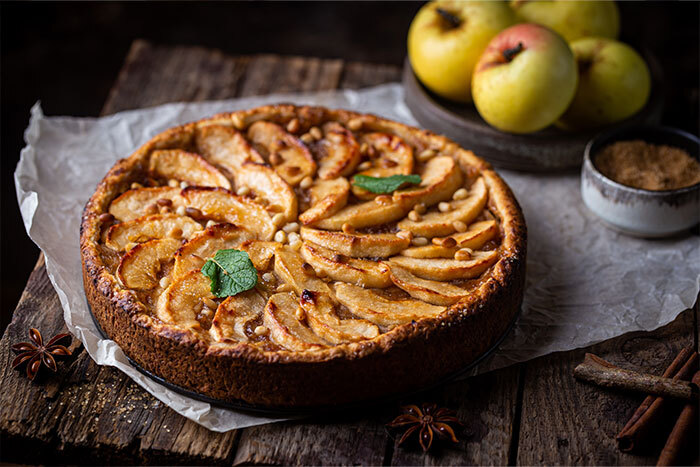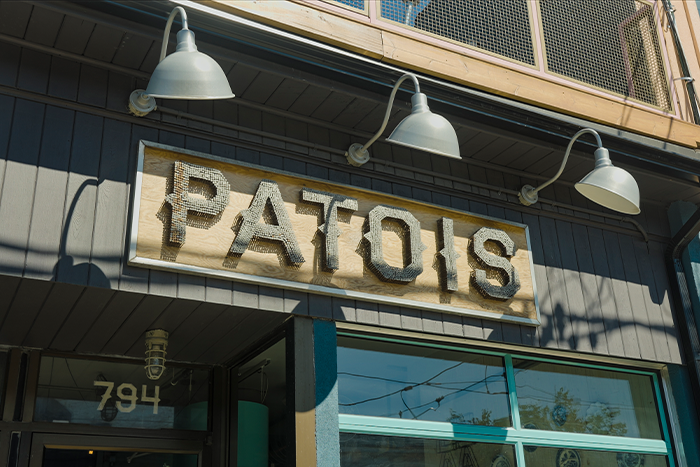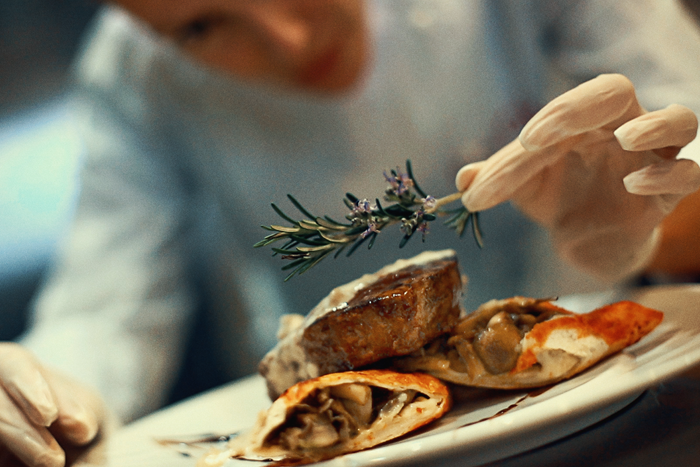As people, ideas, and culinary traditions moved around the world over centuries, similar dishes popped up with exciting new flavours. Case in point: the dumpling. It has found its way onto menus from Bhutan to Poland.
Thinking of opening a restaurant and want inspiration from global cuisines? This guide will take you around the world as we discover 8 equally delicious dumplings and what makes them each unique.
1. PIEROGIS
WHERE IN THE WORLD THEY’RE FROM: Eastern Europe, including Poland, Russia, and Ukraine (where they’re known as varenyky).
THEIR ORIGINS: They most likely made their way to Europe through Middle Age trade routes to China.
HOW THEY’RE MADE: These little guys are boiled and then sometimes pan-fried. Savoury pierogis are topped with sour cream and fried onions.
WHAT THEY’RE STUFFED WITH: Savoury varieties include potato, cheese, mushrooms, and ground meat, while sweeter options are made with seasonal fruits, like cherries, plums, or stoned prunes.
FUN FOOD FACT: Early recipes (we’re talking 1600s) were filled with chopped kidneys and veal fat.
2. GYOJA
WHERE IN THE WORLD THEY’RE FROM: Japan
THEIR ORIGINS: The recipe came to Japan through soldiers stationed in China during WWII.
HOW THEY’RE MADE: With a thinner wrap than their Chinese counterparts, gyoja are either steamed or pan fried, and often served in a hot bowl of ramen. Yaki-gyoja has the best of both worlds, with one crispy fried side and one soft steamed side.
WHAT THEY’RE STUFFED WITH: Minced pork, chicken, or mushrooms, with cabbage and ginger.
FUN FOOD FACT: Revealing its roots in China, gyoja is spelled with the same Chinese characters in Japan.
3. EMPANADAS
WHERE IN THE WORLD THEY’RE FROM: Spain, and countries across South and Central America (in Belize, they’re called “panades”), Indonesia and the Philippines.
THEIR ORIGINS: They got their start in Spain, where “empanada” means wrapped in bread.
HOW THEY’RE MADE: More of a flakey, pie-crust style pastry, folded over into half-moons.
WHAT THEY’RE STUFFED WITH: Beef, pork, chicken, fish, beans, plantains, or our fave, cheese and sweet guava preserves.
FUN FOOD FACT: April 8th is National Empanada Day.
4. MANDU
WHERE IN THE WORLD THEY’RE FROM: South Korea
THEIR ORIGINS: Perhaps brought to the Korean peninsula by 14th-century Mongolians or through the Middle East’s Silk Road.
HOW THEY’RE MADE: Boiled, fried, or steamed.
WHAT THEY’RE STUFFED WITH: Beef, pork, fish, vegetables, or, kimchi, of course.
FUN FOOD FACT: Manduguk, a soup made with beef broth and mandu, is a Lunar New Year favourite in Korea.
5. MOMO
WHERE IN THE WORLD THEY’RE FROM: Tibet, Nepal, Sikkim, Bengal, and Bhutan.
THEIR ORIGINS: Nepali merchants perhaps brought the recipe back from their journeys through Tibet.
HOW THEY’RE MADE: Round dumplings, twisted in the centre, then steamed or steam-fried.
WHAT THEY’RE STUFFED WITH: Ground meat, vegetables, tofu, paneer cheese, soft chhurpi (a local hard cheese), or combinations of vegetable and meat.
FUN FOOD FACT: Super hungry? Try the momo’s supersized sibling, the thaigo.
6. JIAOZI
WHERE IN THE WORLD THEY’RE FROM: China
THEIR ORIGINS: When it comes to dumplings, all roads lead back to China. Although there are various origin stories, the most prevalent being that they were created to treat frost-bitten ears by traditional medicine practitioner Zhang Zhongjing around AD 25-220.
HOW THEY’RE MADE: Pan-fried, deep-fried, steamed, or boiled in water or soup broth.
WHAT THEY’RE STUFFED WITH: Chicken, pork, beef, shrimp, or fish mixed with chopped vegetables, including napa cabbage, scallion, celery, leek, spinach, mushroom, carrot, garlic chives, and even edible black fungus.
FUN FOOD FACT: It’s a tradition to eat jiaozi at midnight on Chinese New Year’s Eve, because it is said to bring prosperity in the new year.
7. MANTI
WHERE THEY’RE FROM: Turkey, but also popular in the Balkans, Armenia, Afghanistan, and parts of China and Russia.
THEIR ORIGINS: The earliest mention of them in transcripts dates back to 14th-century Mongolia, and they perhaps made their way from there to Turkey along the Silk Road.
HOW THEY’RE MADE: Boiled, baked, or fried, and served with yogurt, melted butter, and fresh mint.
WHAT THEY’RE STUFFED WITH: Fillings can vary from region to region, including lamb, cabbage, potato, and pumpkin.
FUN FOOD FACT: Some manti can be super tiny – but still big on flavour!
8. BUUZ
WHERE THEY’RE FROM: Mongolia
THEIR ORIGINS: Buuz may have their origins in the Chinese baozi (also known as bao), the steamed buns similar to their jaozi relatives.
HOW THEY’RE MADE: A meatball is placed inside a small pocket of the buuz dough, then folded around the dough with a small opening at the top, and steamed.
WHAT THEY’RE STUFFED WITH: Most commonly, minced mutton or beef, flavoured with onion, garlic, and salt. Some chefs add mashed potatoes, cabbage, rice, or sprouted fennel seeds.
FUN FOOD FACT: Mongolia’s cold temperatures mean storing buuz is easy: simply put them outside to freeze.
Before you go, take a quick look at the popular food places from all over Canada.

